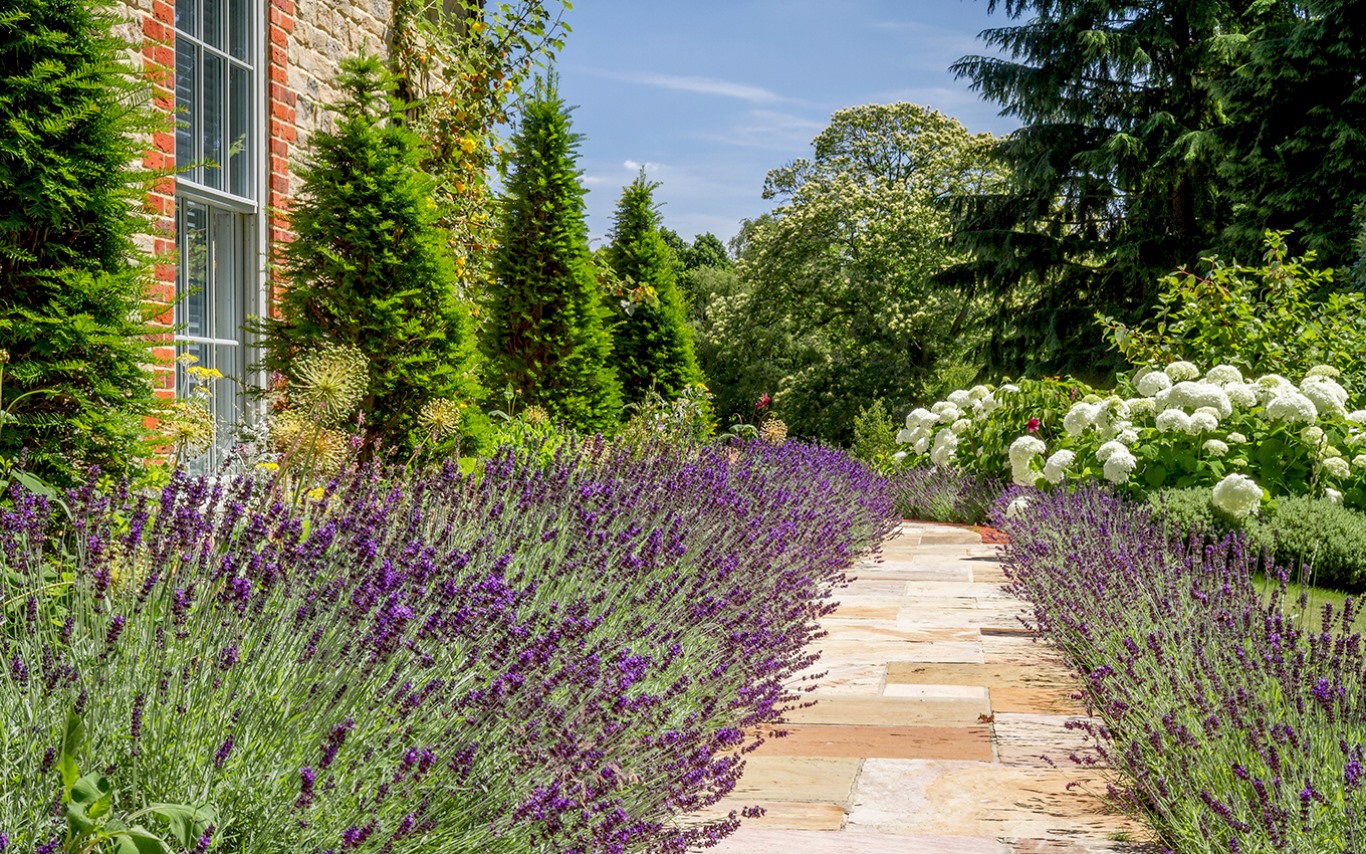Spring gardening
‘It was one of those March days when the sun shines hot and the wind blows cold: when it is summer in the light, and winter in the shade’ – Charles Dickens (1812–1870), Great Expectations
This is the time when we finish the last of the winter tidying tasks in preparation for the new growing season, which is just around the corner. The days are getting longer for sure but the British weather can still be tricky with strong winds and the last of the winter frosts wrecking banks of daffodils that have pushed through the herald the start of Spring (these all need deadheading after their growing season and simply pick those that have fallen due to bad weather and put them in a vase). You’ll need to prune wisteria and summer-flowering clematis this month and cut back your buddleia (butterfly) tree but hold off pruning evergreens, which need their foliage to kickstart new growth until next month. Once their flowers have faded, remove up to a third of the spent flowering stems on winter shrubs such as jasmine and forsythia which will help promote new wood for next year and if you have a lawn, get your mower serviced and cleaned ready to start cutting the grass again.
If you’ve started growing your own plants from seeds this year check the outside soil temperature is warm enough to plant out – and for those who haven’t started their new plants indoors and who plan to grow from seed outside, keep in mind the soil needs to be 6 degrees centigrade before you can sow directly outdoors. It’s not only humans who cheer up once the days lengthen and head outdoor to enjoy the welcome warmth of a spring day and you may have already spotted the odd slug or two coming out to play (and eat your new seedlings).

There are so many ways to tackle the slug problem – some gardeners leave a buried jar of beer to drown them, others resort to pellets or the 100 per cent effective removal technique of a rapid execution and sudden death using secateurs to cut the critter in half. If you are going to use pellets, use them judiciously and always use an organic ferric phosphate brand, which won’t be harmful to domestic pets and pollinating insects that you want to stay alive.
March is also the month for planting summer bulbs to fill gaps in the flower borders or to make a show of summer colour in their own container pots. These can include lilies, gladiolus and dahlias with most going into the ground three times the depth of the bulb itself.
Finally, take advantage of the longer days and more time to spend outdoors by improving the quality of your soil for the upcoming growing season. The best way to improve the soil in established borders is to mulch the surface with a 3cm-layer of organic material. Mulching will not only add nutrition to the soil, it will help suppress weeds (which also like the longer, warmer days), and trap moisture and help warm the soil ready for any new bulbs or seedlings you plan to plant.